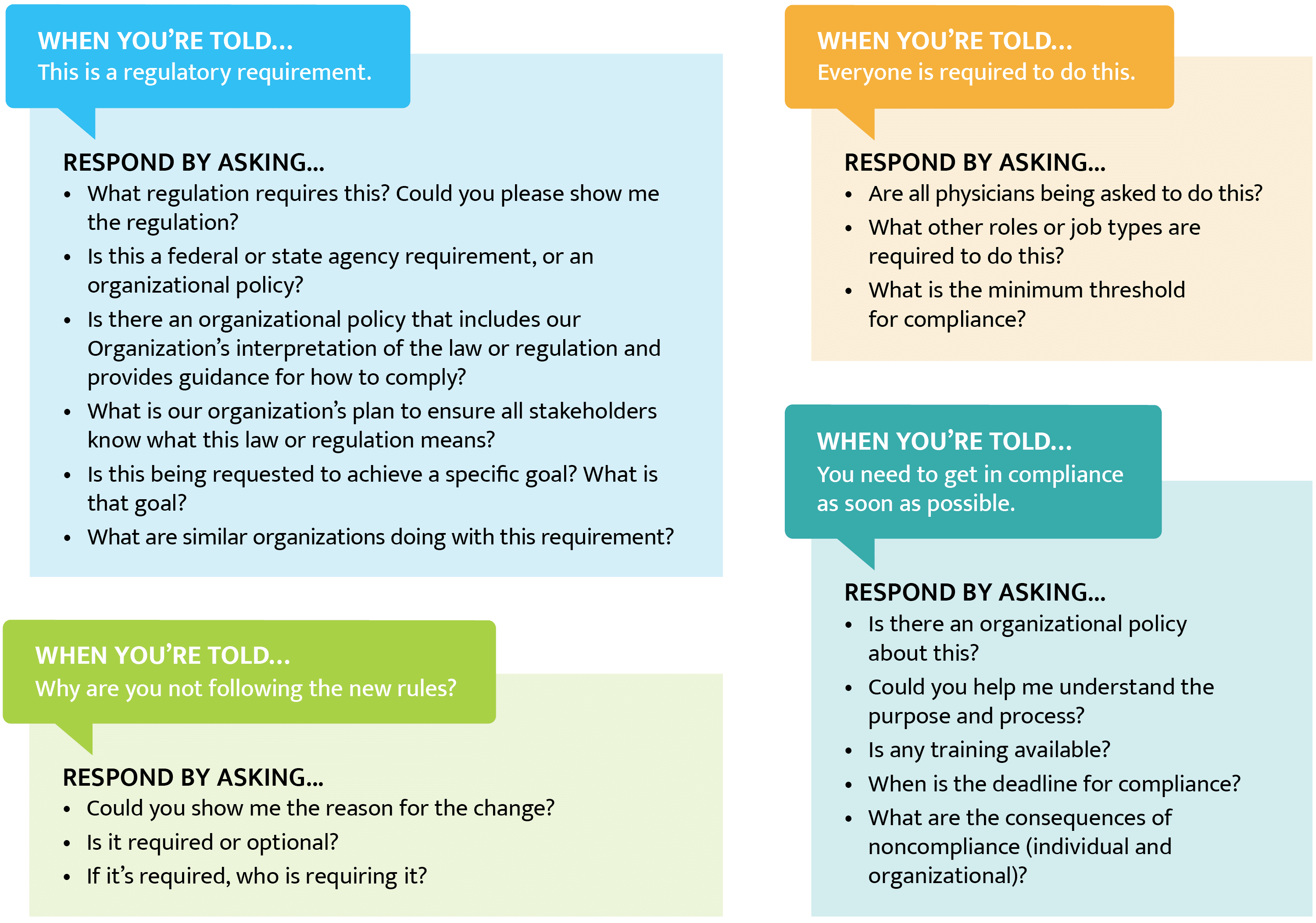Well-intended overinterpretation or misinterpretation of regulatory requirements can increase workload, lead to “over-documentation,” and contribute to clinician and staff burnout. As the Chief Medical Officer of Intellicure, for 25 years I have had to deal with various hospital administrators demanding that our software “do” something that I know is not required by any regulation, will reduce efficiency and frustrate wound center staff. Although healthcare is one of the most regulated industries in the country, much of the so-called regulatory frustrations are due to local practice and institutional policies – in other words, an organization’s interpretation of regulatory requirements. The American Medical Association is fighting back with its Reducing Regulatory Burden Playbook. The playbook is available for free.
When clinicians or management companies ask why a process must be done in a certain way, they are told, “It’s a regulatory requirement.” Administrators know that answer will make most people give up. However, we have a right to ask, “Where is that regulation? Can you show me?” I love the graphic above from the AMA about how to respond to various demands that come under the guise of a regulatory requirement.




